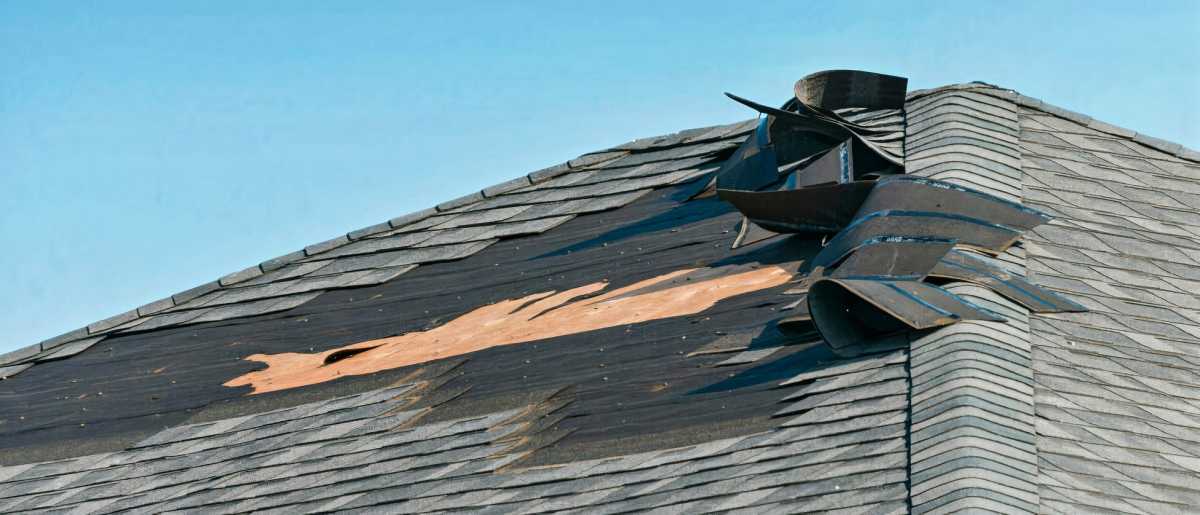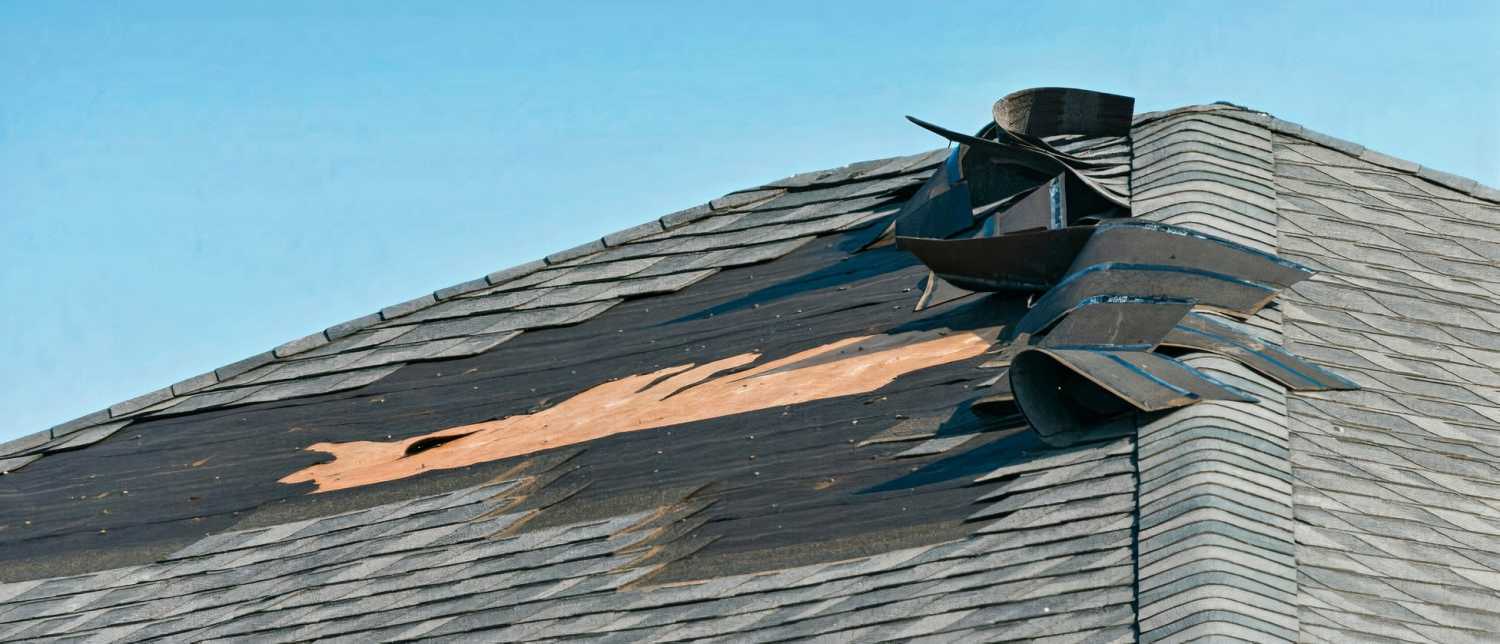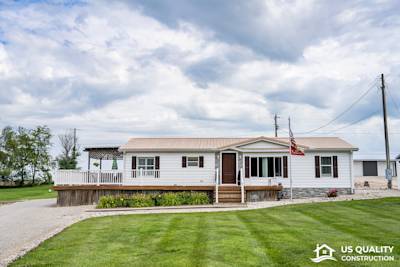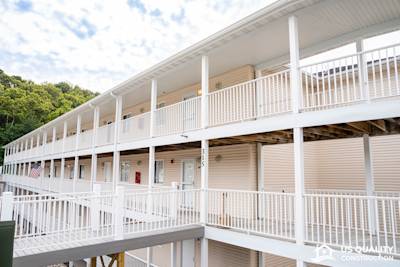roof storm damage
Understanding the significance of a roof storm damage checklist.
Why a proactive approach is crucial for assessing and addressing storm-related roof damage.
When it comes to protecting your home from the harsh weather conditions that Kansas City experiences, your roof plays a vital role. Storms, including heavy rain, strong winds, hail, and even tornadoes, can pose significant risks to the structural integrity of your roof. It's essential to be well-prepared and proactive in assessing and addressing storm-related damage. This roof storm damage checklist will guide you through the process, ensuring you take the necessary steps to protect your home and prevent further issues.
Assessing Storm Risk
Kansas City experiences a wide range of weather events throughout the year, including thunderstorms, severe storms, and occasionally even tornadoes. These storms can bring heavy rain, high winds, and large hailstones, all of which can cause significant damage to your roof. Understanding the potential impact of these storms is crucial in assessing the risks your roof may face. By knowing what to expect, you can better prepare for potential damage and take appropriate preventive measures.
Preparing for a Storm
- Securing loose items and debris to minimize potential hazards during a storm.
- Inspecting and reinforcing vulnerable areas of your roof as a preemptive measure.
Prior to a storm, it's important to take proactive steps to minimize the risks to your roof. Begin by:
- Securing loose items in your yard, such as patio furniture or gardening tools, as they can become dangerous projectiles during high winds.
- Trimming any overhanging tree branches that could potentially fall on your roof.
- Inspecting your roof for any existing vulnerabilities, such as loose shingles or damaged flashing, and address them promptly.
By reinforcing these weak areas, you can enhance your roof's resilience to storm damage.
Exterior Roof Inspection
- Conducting a visual examination of your roof for visible signs of damage, such as missing or damaged shingles.
- Checking the condition of flashing, gutters, and downspouts to ensure they are intact and functioning properly.
After a storm, it's essential to perform a thorough inspection of your roof's exterior. Start by:
- Visually examining the surface for any visible signs of damage, such as missing or damaged shingles, cracked tiles, or dented metal panels.
- Checking the condition of flashing around chimneys, vents, and skylights, as well as the integrity of gutters and downspouts.
- Ensure they are free of debris and securely attached to the roof, directing water away from your home's foundation.
Interior Roof Inspection
- Investigating the interior of your home for signs of water infiltration, such as ceiling stains or dampness.
- Looking for any structural changes or sagging in the roof that could indicate hidden damage.
While exterior damage is more apparent, it's crucial not to overlook the interior of your home when assessing storm-related roof damage. Check for:
- Signs of water infiltration, such as ceiling stains or damp spots.
- Any structural changes or sagging in the roof that could indicate hidden damage.
- Inspect your attic for signs of leaks, water stains, or mold growth, as these are clear indications of roof damage.
Documenting and Reporting
- Documenting the roof storm damage with photographs and detailed notes.
- Reporting the damage promptly to your insurance company, providing accurate and thorough information.
When it comes to filing an insurance claim for roof storm damage, documentation is key. Take clear and detailed photographs of all visible damage, both from the exterior and interior of your home. Make notes of:
- The date and time the storm occurred.
- Any specific details regarding the damage.
This documentation will serve as valuable evidence when you file a claim with your insurance company. Be sure to report the damage promptly, providing accurate and thorough information to expedite the claims process and ensure a fair assessment.
Repairs and Recovery
- Implementing temporary repairs, such as covering leaks or damaged areas, to prevent further damage.
- Engaging the services of a professional roofing contractor for a comprehensive inspection and necessary repairs.
After documenting the damage and reporting it to your insurance company, it's essential to address any immediate concerns to prevent further damage. If you notice:
- Leaks or damaged areas, consider implementing temporary repairs, such as placing tarps or waterproof coverings over the affected areas.
- However, keep in mind that these measures are temporary and should be followed up with professional repairs.
For a comprehensive inspection and the necessary repairs to restore your roof's integrity, it is highly recommended to engage the services of a reputable Kansas City roof replacement contractor like Us Quality Construction. Our experienced team of roofing professionals specializes in storm damage restoration and will ensure that your roof is thoroughly assessed and repaired using durable roofing materials.
Contact Us Quality Construction today for a prompt response and expert assistance in assessing and repairing storm-related roof damage. Our team will guide you through the process, working closely with your insurance company to maximize your coverage and minimize out-of-pocket expenses.
Protect your home in Kansas City with a proactive approach to roof storm damage. By following this comprehensive checklist and partnering with Us Quality Construction, you can safeguard your property and enjoy peace of mind knowing that your roof is resilient against future storms.
Don't wait until it's too late. Contact Us Quality Construction today and schedule your roof inspection and repair services. Together, let's ensure the longevity and durability of your roof.
Tags: Roof Storm Damage Checklist,













